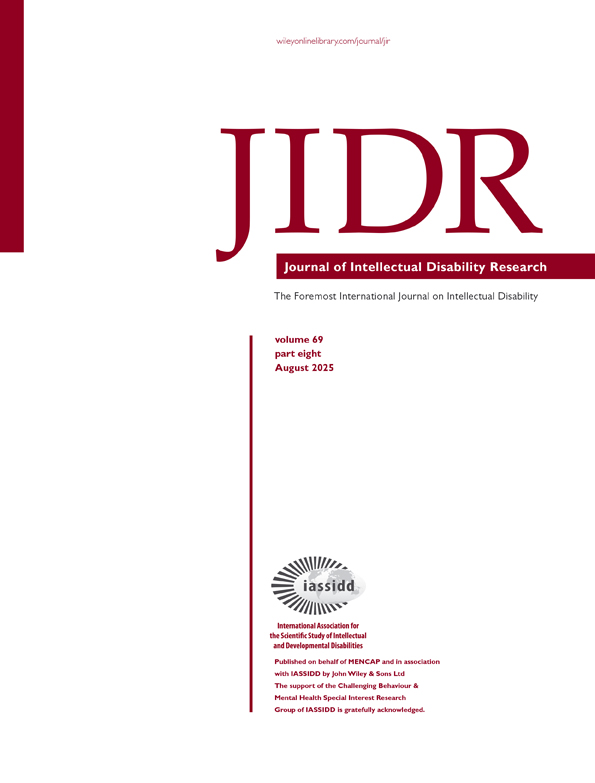Autism in immigrants: a population-based study from Swedish rural and urban areas
Abstract
In a population study, 55 children aged 13 years and under were diagnosed as suffering from autistic disorder according to DSM-III-R criteria. Fifteen of these children (27%) were born to parents, at least one of whom had migrated to Sweden. These 15 cases were analysed in some detail with a view to finding possible background factors that could account for the relatively high prevalence of autism among some immigrant populations. In a few cases, autism or Asperger syndrome had been diagnosed in a native Swedish parent who went abroad in order to find a spouse. In several other cases, the child was the first child born in Sweden after the mother had moved there. The contribution of genetic and other prenatal factors to autism in immigrant populations is discussed.




